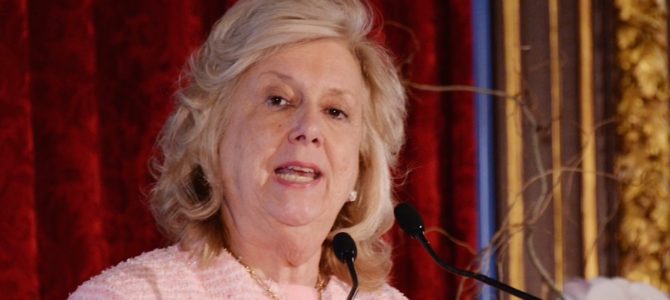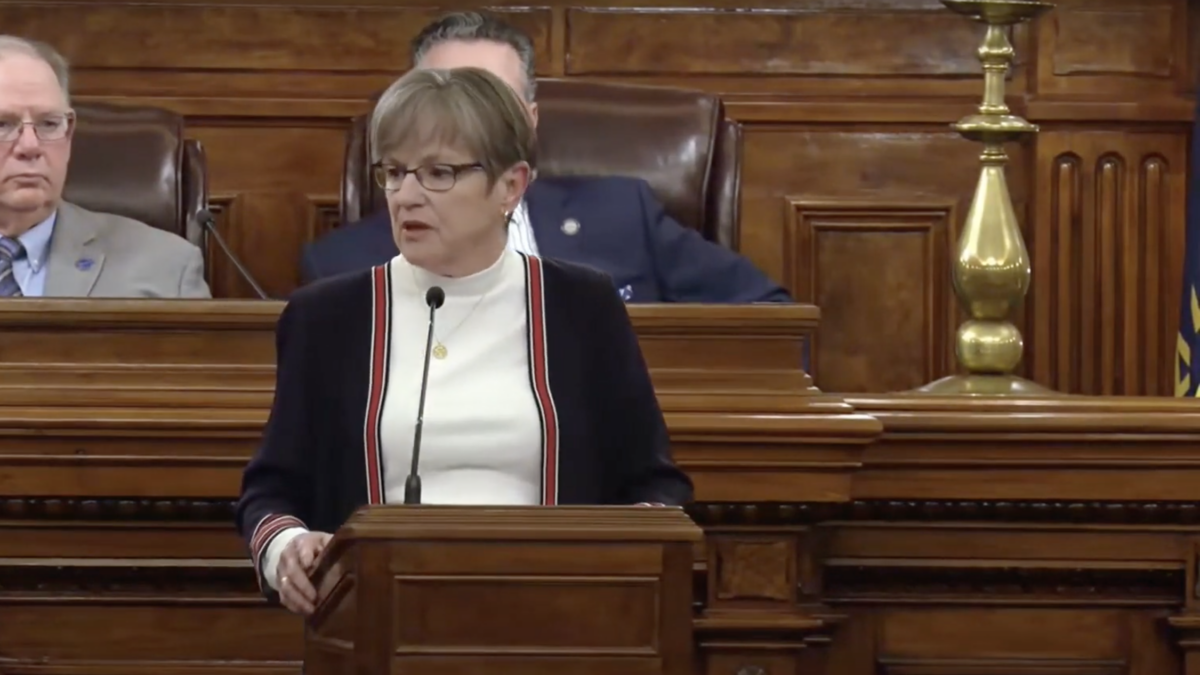
History and art form a complicated combination. Most often the artist’s impulse when reaching into the past to actual events is not so much to accurately describe them, but to tell what they mean to us now. According to Linda Fairstein, the prosecutor depicted in Ava DuVernay’s critically acclaimed mini series “When They See Us,” about the Central Park Five, the history in the film is wrong. Now Fairstein is paying a price for her alleged actions back in 1990. Have those actions been accurately depicted?
As a result of the docu-drama, an art form with loose rules and no regulation, Fairstein has lost book deals, left boards of directors, and essentially become a pariah. This week in the Wall Street Journal, she penned a piece to claim not only her innocence, but that DuVernay deliberately misled in her portrayal. Her op-ed lays out some important facts in her defense, and while DuVernay has dismissed her concerns as “expected and typical,” she has not chosen to address any of Fairstein’s specific concerns.
What we know is that five black teenagers were convicted of raping the “Central Park jogger,” and that years later, in 2002, another man confessed to that crime and was proven through forensic evidence to be guilty. But according Fairstein, and the myriad contemporaneous court documents she cites, the story is much more complicated.
Fairstein opens her Journal piece with this paragraph: “At about 9 p.m. April 19, 1989, a large group of young men gathered on the corner of 110th Street and Fifth Avenue for the purpose of robbing and beating innocent people in Central Park. There were more than 30 rioters, and the woman known as the ‘Central Park jogger,’ Trisha Meili, was not their only victim. Eight others were attacked, including two men who were beaten so savagely that they required hospitalization for head injuries.”
Fairstein seems to have no doubt that the Central Park Five were part of the “riot,” even though they were not guilty of Meili’s rape. Although she agrees that the rape conviction was rightfully vacated, she does not believe that anything exonerates the five men from the other crimes committed that night. But ultimately, that is not at the root of her problem with how she is depicted in the film.
Fairstein’s real issue with DuVernay is that she claims the character based on her says and does things in the movie that she never said or did, and acts out of motivations that she never had. This brings us back to art and history. To understand the relationship between the two, we must think about the artist’s motivation.
It is evident that DuVernay’s intention in creating “When They See Us” was not merely to accurately describe and depict the facts behind the Central Park Five case, but to craft a compelling piece of art that tells us something about our own time. This is a practice as old as history and as old as art. But to the extent that it requires artistic license — that is to say, imagining actions or conversations for which there is no historical record — it is a work of fiction, not a work of fact.
Writing in The Boston Globe, Renee Graham claims that “Yes, It’s a small justice. Still, Fairstein is now being held accountable for her wrongdoing.” The piece is a diatribe against the former prosecutor, but one thing stands out: at no point does Graham offer any evidence that Fairstein’s facts about the case and her account of it are wrong. While Fairstein’s account is not being stipulated to by her accusers, it also isn’t being disputed. And that is telling.
Because this is a work of art, Fairstein isn’t just Fairstein, she is a stand in for an archetype, actually several. She is the overzealous, racist prosecutor who wants to win at all costs, she is the criminal justice system that targets black men, and she is a white woman, an archetype of late derided not only as the historical root of false allegations against black men, but also as the dark force behind the election of Donald Trump.
It is quite possible that Fairstein made mistakes in prosecuting the Central Park Five. Perhaps she was too zealous, too credulous of the police. People do get wrongly convicted both as a result of prosecutorial misconduct and good faith efforts that come to the wrong result. Only Fairstein can really know which was the case with the Central Park Five.
But if she is to be dragged and cancelled, if she is now the one to be punished, we must apply the standard that should have been applied to the Central Park Five. We must base her punishment on facts, not feelings. She must be found guilty based on her own actions, not as an avatar of the criminal justice system or some nebulous concept of white women.
If Fairstein’s account is wrong and DuVernay can prove her version of events, the latter should do so. If not, if liberties were taken to tell a better story and craft a message about our world today, that should also be acknowledged.
History and art are strange bedfellows, but Linda Fairstein deserves to have her claim that she has been smeared taken seriously. So far, that has yet to happen.









